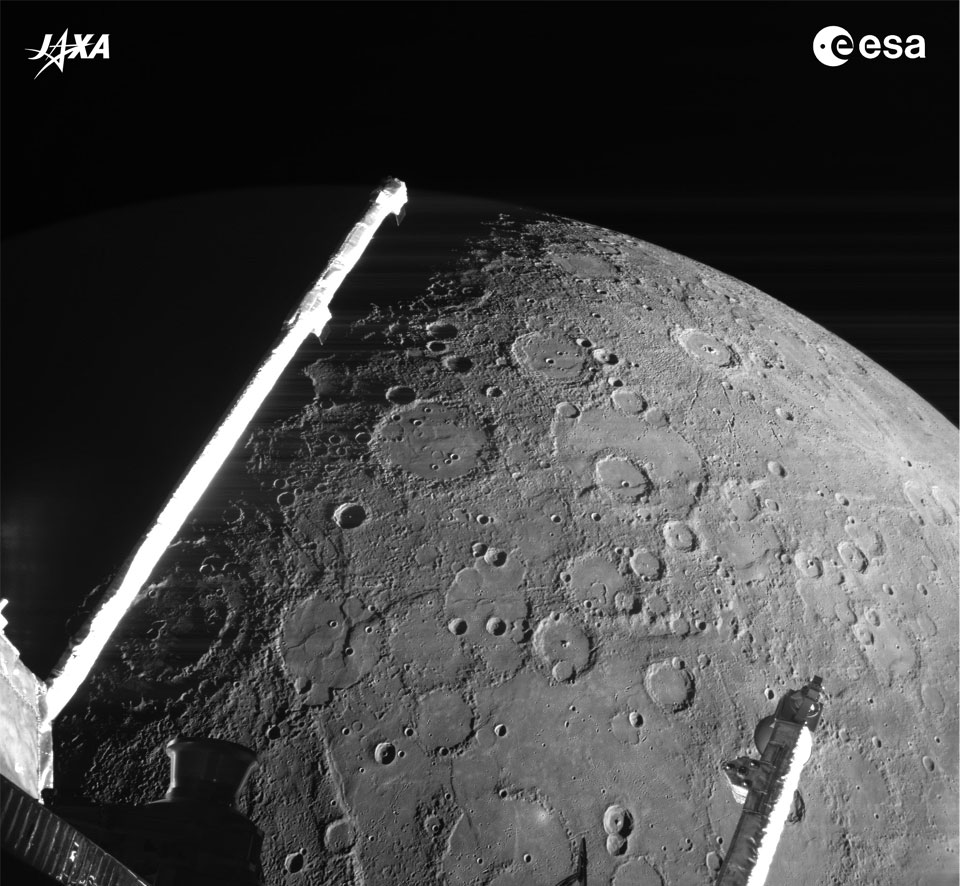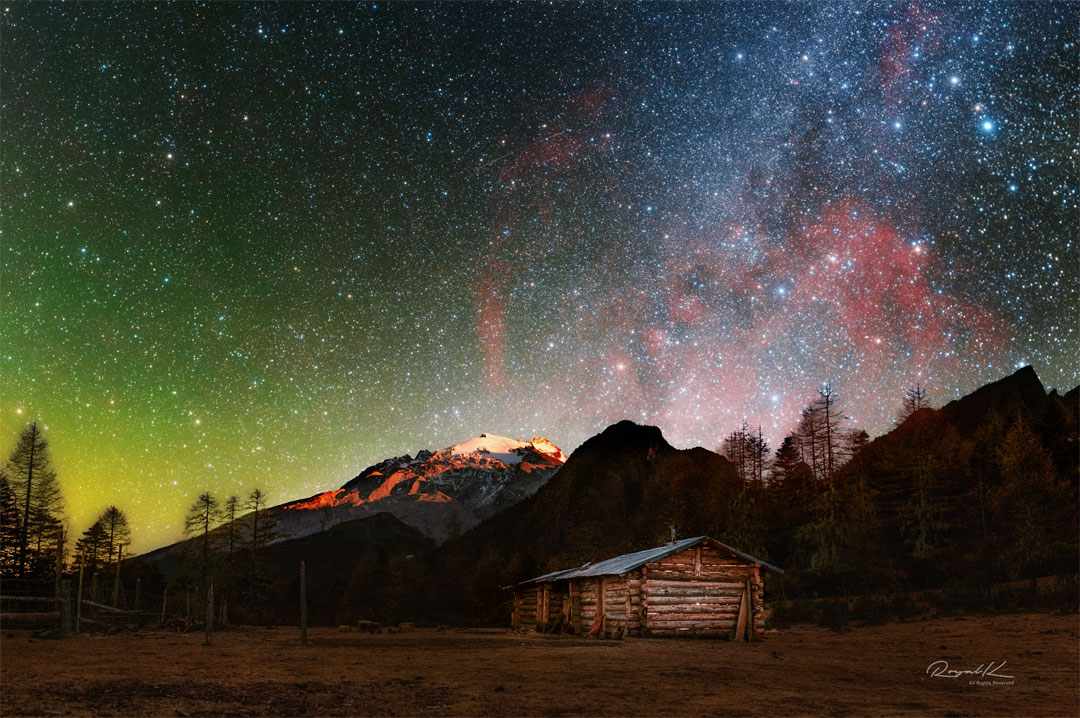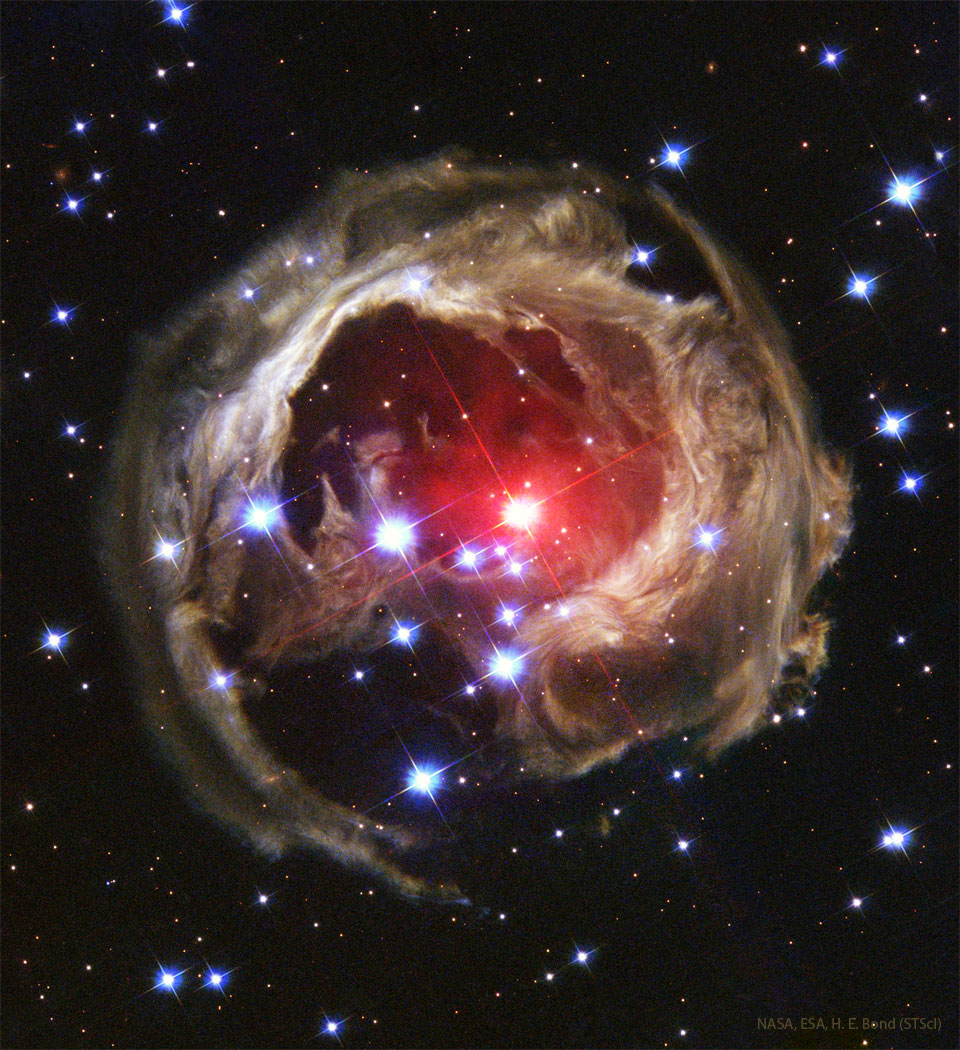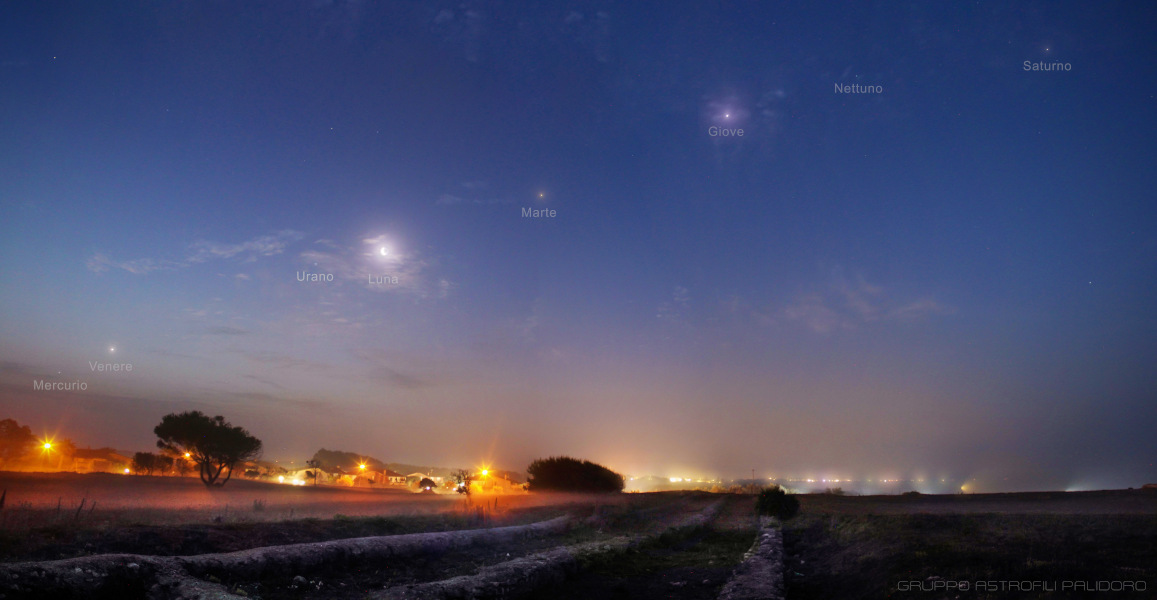
Mercury from Passing BepiColombo


Northrop Grumman’s uncrewed Cygnus spacecraft is scheduled to depart the International Space Station on Tuesday, June 28, more than four months after delivering 8,300 pounds of supplies, scientific investigations, commercial products, hardware, and other cargo to the orbiting laboratory for NASA.
from NASA https://ift.tt/DGdZiwu
via IFTTT




NASA has awarded the Facilities Engineering Design and Inspection Services (FEDIS) II contract to Vanguard Pacific LLC of Foley, Alabama, to provide architect and engineering design services at the agency’s Marshall Space Flight Center in Huntsville, Alabama.
from NASA https://ift.tt/NjMgGqd
via IFTTT
NASA announced Friday that the Psyche asteroid mission – the agency’s first mission designed to study a metal-rich asteroid – will not make its planned 2022 launch attempt.
from NASA https://ift.tt/ULfjpZe
via IFTTT
NASA will host a media teleconference at 2 p.m. EDT Friday to provide an update on the agency’s mission to study the Pysche asteroid. Audio of the briefing will livestream on the agency’s website.
from NASA https://ift.tt/ciPz7a9
via IFTTT
